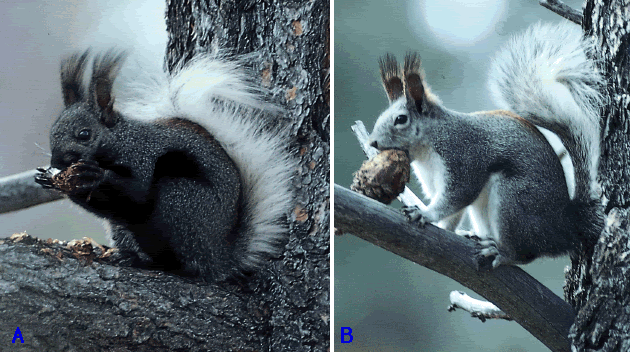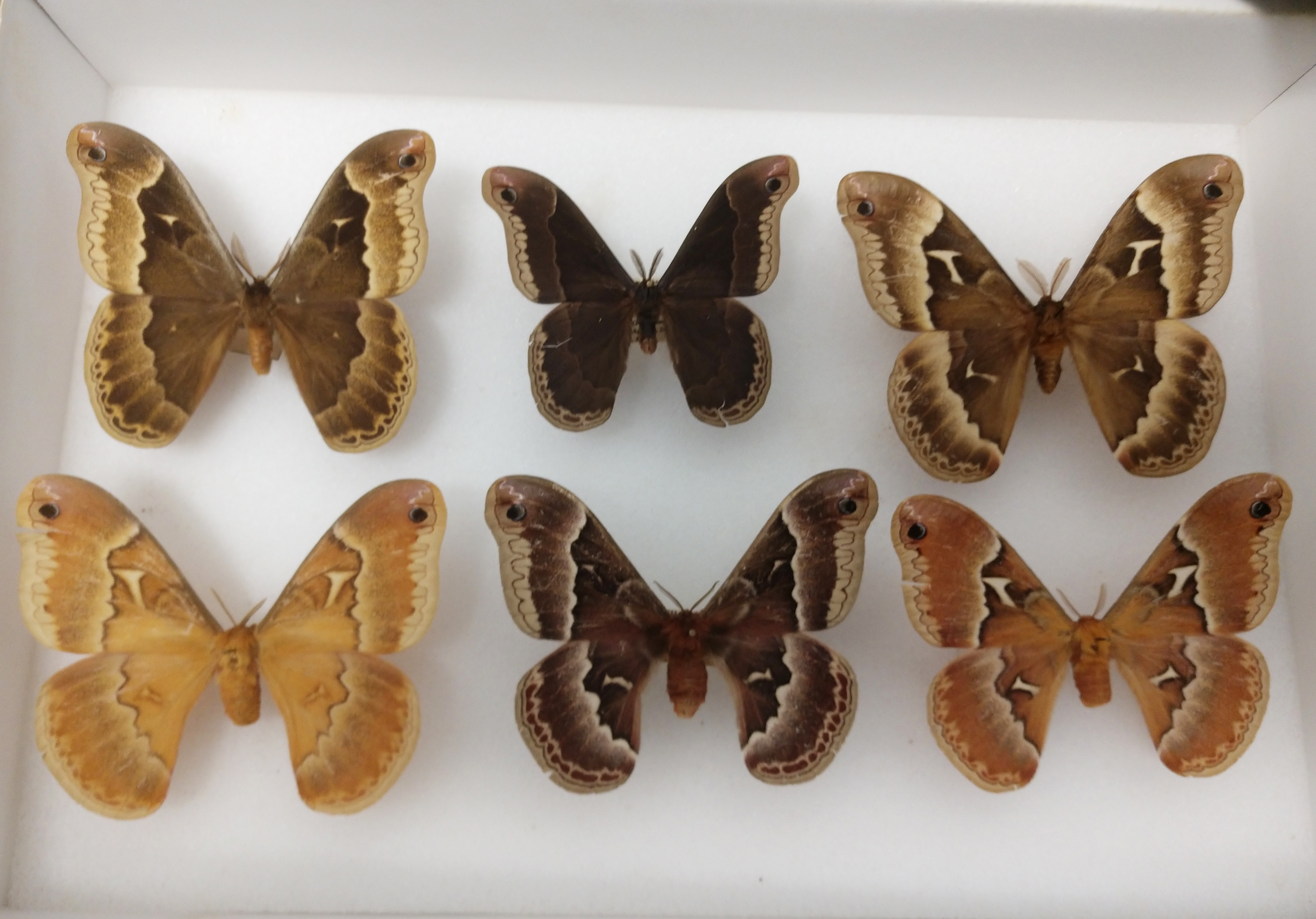Lapeirousia oreogena flowers

Growing in the Hantam National Botanical Garden (Glenlyon). South Africa, 8/2015. Copyright of
Hendrik van Zijl. Courtesy of Hendrik van Zijl of Van Zijl, guesthouses on Nieuwoudtville Cape
EVOLUTION -- Biology 4250
Faculty Index Page
James K Adams, jadams@daltonstate.edu
Review Sheets:
Test 1
Constructing phylogenies
Test 2
Test 3
Test 4
Exam dates/due dates for assignments
Tests on file in
the library
-- Click on the Biology tab and then the appropriate tests for 4250
Projectable images:
Evolution
-- the REAL family tree
DNA:
Codon Table
DNA Structure
and Replication
Transcription and Translation
Sexual Selection
Adaptation:
Lapeirousia oreogena flowers

Growing in the Hantam National Botanical
Garden (Glenlyon). South Africa, 8/2015. Copyright of
Hendrik van Zijl.
Courtesy of Hendrik van Zijl of Van Zijl, guesthouses on Nieuwoudtville Cape
Oxpecker on an Impala:

Zonosemata vittigera and Phidippus apacheanus -- a picture winged fly and a
jumping spider predator
From: Green, E., L. J. Orsak, D. W. Whitman. 1987. A tephritid fly
mimics the territorial displays of its jumping spider predators. Science,
New Series, 236(4799): 310-312.
Coevolution: Orchids and orchid bees
Reciprocal altruism:Vampire bats share blood with their friends video
Allopatric Speciation:
Abert's and Kaibab's Squirrels and the Grand Canyon
Photobucket | 18_07.gif

A: Kaibab's (north rim)
B: Abert's (south rim)
Speciation Mechanisms:
Polyploidy:
Evolution.png (475×590) (cerealsdb.uk.net)

Temporal
Isolation:

copyright James Adams, 2020
These are three species of Callosamia, all found in Georgia. Males are the
top row, females are the bottom
row. On the left is Callosamia
securifera; in the middle is Callosamia promethea, and on the right is
Callosamia
angulifera. There are many places in the state where at
least two of them can be found (both promethea and
angulifera are
widespread) and may even be places where all three could be found. The
females all use the
same pheromone for attracting the males. How do
they stay separate? They mate at different times of the day.
C.
securifera mates around noon; C. promethea mates in the late afternoon; and C.
angulifera mates only after
dark. So, even though the females could
theoretically attract males of the other species, they are kept separate
by
different mating times.
Hybrid Species:
Audbon's Warbler -- bb3a285b2b96cbb62cd359dfc3316700.jpg (1480×1600) (pinimg.com)

Appalachian Tiger Swallowtail --
The-distributional-ranges-and-hybrid-zones-of-tiger-swallowtails-and-the-hybrid.png (850×812) (researchgate.net)
New species by polyploidy from lateral gene transfer:
produced in the lab --
http://www.the-scientist.com//?articles.view/articleNo/40859/title/Sexless-Hook-Up/
DESCRIPTION OF THE COURSE: This course
introduces you to the basic fundamentals of the
concept of evolution. You will learn about the overwhelming evidence (both past
and current) for
evolution, as well as the method by which evolution proceeds – mutation,
followed by natural selection.
We will investigate the major mechanisms by which natural selection results in
change, and how in turn
this results in organismal adaptations. We will then, in turn discuss how
different adaptations in different
populations may result in new species – speciation – and how this explains the
history of life on earth.
If time, we will end with a brief look at current research, particularly at the
molecular level, as it applies
to evolution.
COURSE OBJECTIVES: Upon completion of this course, you should be able to:
1. Define and use the concept of evolution in discussing relationships of
organisms.
2. Describe the basic premises and process of natural selection, indicating why
it is that it virtually
must be true that organisms change
through time.
3. Demonstrate an understanding of the main processes involved in evolution:
mutation,
selection (including sexual, kin, etc.), migration, drift
4. Demonstrate an understanding of the major possible mechanisms involved in
speciation.
5. Describe why all organisms are related, and indicate what it means from an
evolutionary
perspective to say organisms are
closely related.
6. Understand how to construct phylogenies (i.e., evolutionary trees of
relationships).
Disclaimer Statement
The page author is solely responsible for the content, and the content does not
necessarily reflect the
views or mission of the College. Dalton State
College does not accept responsibility for the content of sites
accessible
through the Internet, nor does it accept responsibility for the content of
secondary links.